Understanding the CDM Regulations
The Construction (Design and Management) Regulations 2015 have been designed to help all areas of construction improve their safety. There have been a few revisions of the regulations, but their goals have remained the same, to ensure the safety and welfare of all people who are involved in construction projects (and projects that qualify as construction such as maintenance). Most recently updated in 2015 and hence known as the CDM regulations 2015.
In this piece, we will go over all the regulations to help you best understand how they can be applied to your business and help keep your projects compliant.
What the CDM Regulations aim to do
The CDM regulations were created to make sure that no matter the role, anyone involved within a construction project is safe. It places legal duties on those involved with the planning and carrying out of construction type activities.
The regulation should help you to understand:
- How to sensibly plan the work so the risks involved are managed from start to finish
- To have the right people for the right job at the right time
- How to cooperate and coordinate your work with others
- To get the right information about the risks and how they are being managed
- How to communicate this information effectively to those who need to know
- consult and engage with workers about the risks and how they are being managed
HSE has published Legal Series guidance that supports CDM 2015 and explains it in more detail and you can use our FREE Construction Phase Plan template to help you meet the criteria for your projects.
The term “Duty holder” is applied to those who have legal duties under CDM – These “Duty holders”, are defined as follows; Clients (commercial and residential), Principal Designers, Designers, Principal Contractors, and contractors
Summary of duty holders and their responsibilities:
Commercial clients:
Organisations or individuals for whom a construction project is carried out that is done as part of a business.
Responsible for making sure suitable arrangements for managing a project, including:
- Other duty holders are appointed as and where appropriate
- Sufficient time and resources are allocated
- Relevant information is prepared and provided to other duty holders
- The principal designer and principal contractor carry out their duties
- Welfare facilities are provided
Domestic Clients:
People who have construction work carried out in their own home (or the home of a family member) that is not a commercial undertaking.*
In the scope of CDM 2015, the client duties are normally transferred to:
- The contractor for single contract projects
- The principal contractor for projects that use more than one contractor
Please note that the domestic client can instead request to have a written agreement with the principal designer to carry out the client duties.
Principle designers:
Are to be appointed by the client in projects involving more than one contractor. They can be from an organisation or an individual with sufficient knowledge, experience, and ability to carry out the role.
Responsibilities include planning, managing, monitoring, and coordinating the health and safety during the pre-construction phase of a project, this includes:
- Identifying, eliminating, and controlling foreseeable risks
- Ensuring the designers carry out their duties
- Prepare and provide relevant information to other duty holders
- Liaise with the principal contractor to help in the planning, management, monitoring and coordination of the construction phase.
Principle contractors:
Appointed by the client to coordinate the construction phase of the contract where it involves more than one contract.
Responsible for the planning, managing and coordination of health & safety in the construction phase of a project, including:
- Liaising with clients and principal contractors
- Preparing the construction phase plan
- Organising cooperation between contractors and coordinating their work.
- Suitable site inductions are provided
- Reasonable steps are taken to prevent unauthorised access
- Workers are consulted and engaged in securing their health and safety
- Adequate Welfare facilities are provided
Designers:
Organisations or individuals who on behalf of an organisation, prepare or modify designs for buildings and or products or systems relating to construction work.
When preparing or modifying designs, the designer must eliminate, reduce, or control foreseeable risks that may arise during these stages:
- Construction
- Future maintenance
They must also provide information to other members of the project team to help them plan and carry out their duties safely.
Contractors:
For those who carry out the actual construction work, contractors can be an individual or a company.
Will need to plan, manage, and monitor construction work under their control so it is carried out without risks to health and safety, including:
For projects involving more than one contractor, coordinate their activities with others in the project team – in particular, comply with directions given to them by the principal designer or principal contractor.
For single contractor projects, prepare a construction phase plan.
Workers:
Those working for or under the control of contractors on a construction site.
Workers must:
- Be consulted about matters which affect their health, safety and welfare
- Take care of their own health and safety, and of others who might be affected by their actions
- Report anything, they see which is likely to endanger either their own or others’ health and safety
- Cooperate with their employer, fellow workers, contractors and other duty holders
* Organisations or individuals can carry out the role of more than one duty holder, provided they have the skills, knowledge, experience and organisation capability necessary to carry out those roles in a way that secures health and safety.
